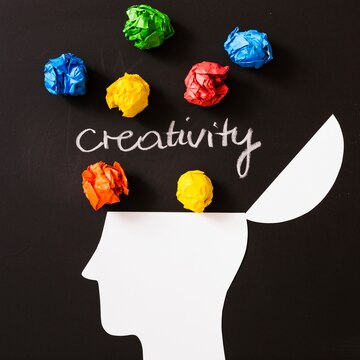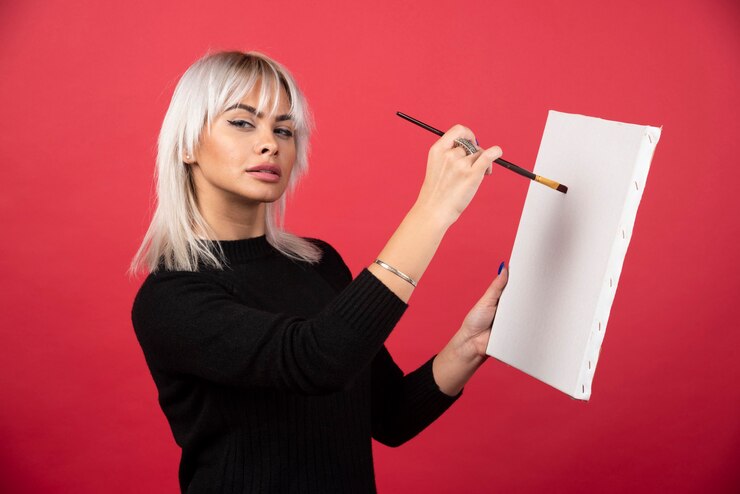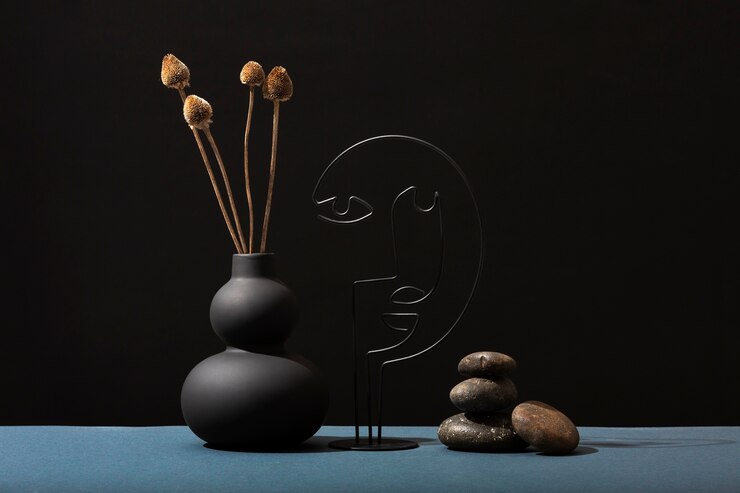The Art of Creative Practice: Cultivating Your Imagination and Abilities
Creativity is a force that drives self-expression, problem-solving, and innovation in every field. Whether you’re an artist, a designer, a writer, or a business leader, establishing and maintaining a creative practice can profoundly influence your personal and professional journey. A creative practice isn’t about the end product; it’s the process—the regular, intentional commitment to explore, create, and refine your skills.
This article delves into the significance of creative practice, how to build one, and how it can help you unlock your creative potential.
Defining Creative Practice
Creative practice is a deliberate and ongoing engagement with creativity in various forms. It involves dedicating time to creating—whether through drawing, writing, crafting, or problem-solving—while nurturing your imagination and developing your talents. The goal is not always to produce finished works but to stay connected to the creative process itself.
Creative practice can include:
- Writing daily—even for just a few minutes
- Drawing or painting regularly to refine artistic abilities
- Trying new techniques and materials
- Generating fresh ideas for projects or businesses
- Working on creative problem-solving tasks
It’s about building a habit that continually enhances your creative expression.
Why Creative Practice Matters
1. Fosters Innovation and Fresh Ideas
A key advantage of a consistent creative practice is that it encourages innovation. Engaging regularly with your creative side sparks new perspectives, novel solutions, and original ideas. As you continue your creative practice, you’re more likely to uncover fresh ways of thinking and problem-solving.
2. Develops Skills and Expertise
Like any other ability, creativity improves with regular practice. Whether you’re learning new software, developing your writing style, or honing your artistic techniques, your creative practice allows you to gain expertise and build confidence. The more time you spend creating, the more proficient you become in your craft.
3. Reduces Fear of Failure and Builds Confidence
Starting a new creative project can feel daunting, especially if you worry about making mistakes. But, through regular creative practice, you’ll gradually become more confident in your work. This consistent engagement shows you that mistakes are part of the journey, and you can learn and grow from them. The focus shifts from the fear of failure to the enjoyment of the process.
4. Promotes Mindfulness and Concentration
Creative practice encourages mindfulness. Whether you’re drawing, writing, or designing, it requires focus and full engagement. This immersion in the present moment reduces stress and enhances mental well-being. Creative activities often lead to a state of “flow,” where you lose track of time and become fully absorbed, boosting happiness and productivity.
5. Improves Problem-Solving Capabilities
Creativity isn’t just about making art; it’s about approaching challenges with innovative thinking. Consistent creative practice sharpens your problem-solving skills by encouraging you to think differently. Whether you’re working through a challenging project or brainstorming ideas, a creative habit will enhance your ability to find inventive solutions.
Building a Creative Practice
1. Establish a Routine
To make creative practice a part of your life, set a routine. Dedicate time every day or week to your creative activities, even if it’s only for 10 or 15 minutes. Whether you’re writing every morning or sketching in the evenings, consistency is key. A routine makes creativity a natural part of your daily schedule.
2. Explore New Ideas
Push yourself to try different methods, materials, or genres. Creativity thrives when you step outside your comfort zone. Don’t be afraid to experiment with unfamiliar techniques, styles, or concepts. The more you explore, the more opportunities you have to spark your imagination.
3. Keep a Journal
A creative journal is a great way to capture fleeting ideas, thoughts, and inspirations. It doesn’t need to be formal—simply a space to jot down ideas, sketches, or any creative thoughts that come to mind. Journaling allows you to revisit and develop these ideas over time, and it can often inspire new projects.
4. Embrace Imperfection
The creative process isn’t about flawless execution; it’s about exploration. Let go of the fear of making mistakes. With each creative endeavor, you’ll learn and improve, so don’t be afraid to embrace imperfection. Mistakes are an essential part of growth and can lead to breakthroughs in your practice.
5. Collaborate and Share Ideas
Creativity thrives in collaboration. Sharing your work and ideas with others—whether through feedback, co-creating, or simple conversations—can spark new insights and drive your creative process forward. Working with other creative minds will help you expand your perspective and grow as a creator.
Conclusion
Creative practice is not just about creating art or writing—it’s about the continuous journey of self-expression, growth, and exploration. Regularly engaging with creativity nurtures your imagination, improves your skills, and deepens your connection to your work. Whether you’re just starting or are an experienced creator, establishing a creative practice can unlock your true potential and lead to transformative results.




Post Comment